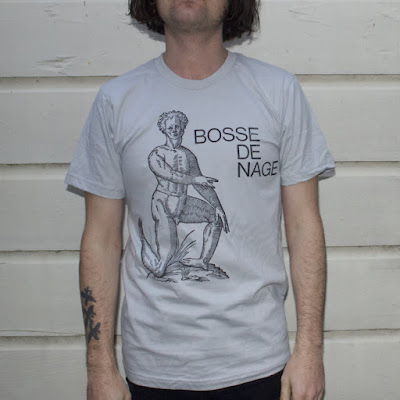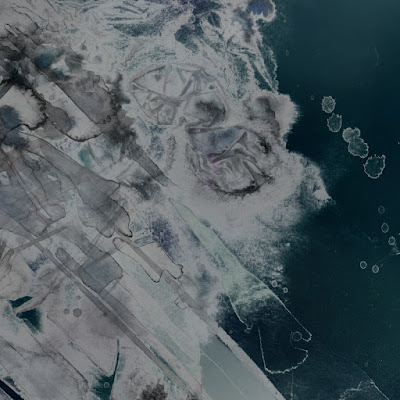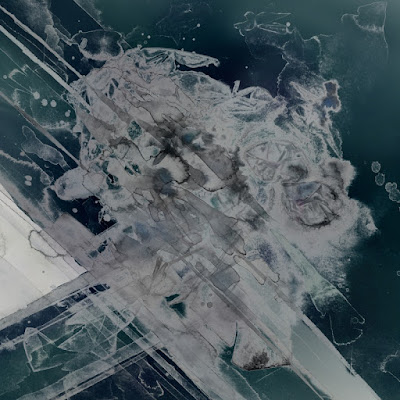In Jonathan Swift’s Gulliver’ Travels (1699), readers follow along with Lemuel Gulliver as he visits a number of exotic and bewildering locations. Despite its entertaining and often comical tone, it is a thought-provoking satire that explored both society and human nature. While the book reads like a travelogue, with Gulliver giving careful accounts of the beings and cultures he encountered, the inhabitants of these locales would have been observing him with as much curiosity as he observed them. How did the inhabitants of the locations he visited perceive Gulliver? Were their perceptions unbiased, or would they have been projecting their assumptions and values as much as he? What was Gulliver feeling while he was in each place, and how would these emotions manifest in his features?
I decided to try to think about these questions through a series of imagined depictions of Gulliver throughout the years of his travels. In order to create the portrait series, I went back through the text in search of the scarce physical descriptions I recalled. I created a rubric to organize my findings about his physical attributes and emotional state, and added a column to make decisions about the artistic style and medium I would use for each piece. I decided to find a model to use as inspiration for each pose, and my friend Pär kindly agreed. I used a variety of mediums—graphite, watercolor, charcoal, chalk pastel, colored pencil, Pantone Letraset markers, and gel pen. It is my intention that the mediums and styles used for each might reflect the aesthetics of society that Gulliver visited, as the rendering might depict how they viewed him.
Here they are, labeled with the location and approximate year underneath each one. I hope that they might serve as both a look at Gulliver, and a look back at the beholders themselves.
Here they are, labeled with the location and approximate year underneath each one. I hope that they might serve as both a look at Gulliver, and a look back at the beholders themselves.
Prior to travels, London, 1698
Lilliput, 1699
Brobdingnag, 1703
Laputa, 1706
Houyhnhnm, 1714
Returned home, London, 1715

















